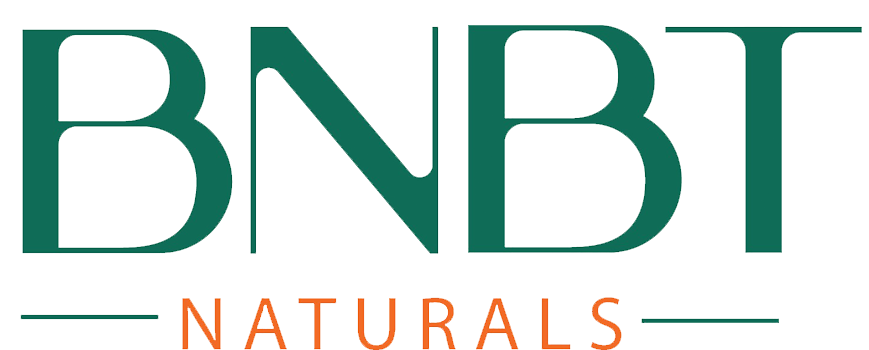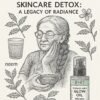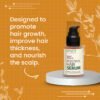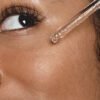Natural Remedies For Tanning
Sun-kissed skin can look beautiful, but excessive tanning can damage your skin, cause pigmentation, and even accelerate aging. Understanding the causes, types, and effective remedies is key to maintaining healthy, radiant skin.
What Causes Tanning?
Tanning occurs when your skin produces melanin—the pigment responsible for skin color—in response to UV radiation from the sun or tanning devices. While melanin protects your skin from UV damage, overexposure can lead to unwanted darkening.
Common causes of tanning:
- Prolonged exposure to sunlight without sunscreen.
- Use of tanning beds or sunlamps.
- Hormonal changes that increase pigmentation (like pregnancy).
- Certain medications that make the skin photosensitive.
Types of Tanning
Tanning doesn’t look the same for everyone. Here are the main types:
- Sun Tanning
- Darkening of the skin due to natural sunlight.
- Often uneven and can cause sunburn if overexposed.
- Indoor Tanning
- Caused by tanning beds or lamps.
- Provides controlled exposure but can still damage skin over time.
- Pigmentation-Induced Tanning
- Caused by hormonal changes, certain skin conditions, or medications.
- Appears as uneven dark patches rather than overall tanning.
Most Effective Ways to Remove Tanning
1. Natural Remedies
- Lemon and Honey: Lemon juice lightens darkened skin; honey moisturizes it. Apply a mix for 15–20 minutes, then rinse.
- Aloe Vera Gel: Soothes the skin and reduces pigmentation caused by UV exposure.
- Cucumber Extract: Hydrates and refreshes sun-exposed skin.
2. Exfoliation
- Regular exfoliation removes dead skin cells, which helps fade tanned layers.
- Use gentle scrubs or natural exfoliants like sugar and oatmeal.
3. Topical Treatments
- Creams containing vitamin C, niacinamide, or kojic acid help lighten hyperpigmented areas.
- Sunscreen with at least SPF 30 prevents further tanning while the skin heals.
4. Professional Treatments
- Chemical Peels: Remove the top layer of pigmented skin to reveal a lighter tone underneath.
- Laser Therapy: Targets melanin deposits for effective tanning removal.
- Microdermabrasion: Exfoliates and stimulates new skin growth.
Preventive Tips
- Always apply sunscreen 20–30 minutes before going outdoors.
- Wear protective clothing, hats, and sunglasses.
- Limit sun exposure during peak UV hours (10 AM–4 PM).
- Hydrate well to maintain skin elasticity and repair damage.
Conclusion
Tanning is a natural protective response of the skin, but excessive exposure can lead to pigmentation, uneven skin tone, and long-term damage. Combining preventive measures, natural remedies, and professional treatments can help you remove tan effectively and maintain healthy, glowing skin.









Add comment